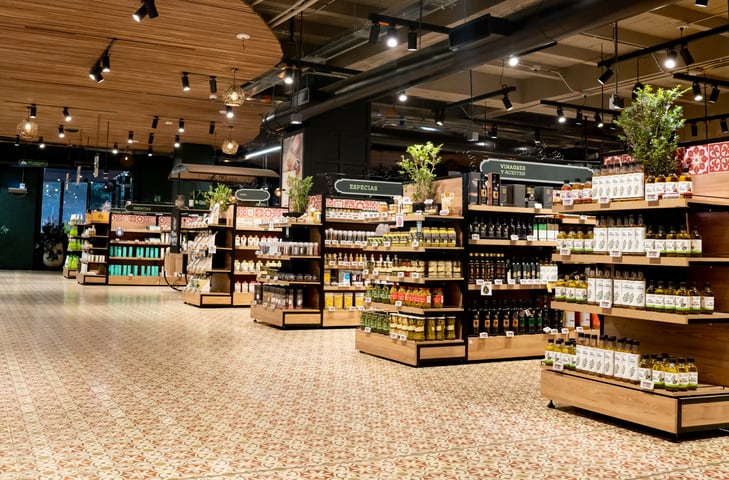After years of skepticism around the taste and texture of plant-based foods, consumer sentiment around alternative meat and dairy is shifting meaningfully.
The percentage of shoppers concerned about the taste of plant-based products dropped from 41% in May 2023 to 27% by December 2024, according to a new report from retail data science firm 84.51°, conducted in partnership with the Plant Based Foods Association,
Texture concerns decreased from 30% to 15% and nutritional profile concerns dropped from 25% to 17% in the same time period, suggesting that brands’ investments in product quality are starting to resonate, according to the report.
In that same time frame, consumers reporting that they enjoy the taste of plant-based foods rose from 23% to 36% – a notable jump that suggests these products are not just tolerable, but increasingly desirable, per the study.
Addressing the big three: Taste, texture and nutrition
Improvements in consumer perception are likely the result of several converging trends, Maureen Heis, director of commercial account management for 84.51°, said.
“The decline in shopper concerns could be driven by increased health consciousness, financial considerations, and improved plant-based options,” Heis explains. “The enhanced quality and variety of plant-based products seem to be addressing previous taste and texture concerns.”
Heis notes that shoppers particularly are finding satisfaction in categories like plant-based milks, cheeses, yogurts and ready-to-eat meals, where improvements in taste and texture are most noticeable.
The health and sustainability link
Another factor driving the shift is a growing awareness of the health and environmental benefits associated with plant-based diets. While taste and texture were once the major hurdles, many consumers are now embracing these products as part of a broader lifestyle shift focused on wellness, sustainability and animal welfare, according to the report.
Still, some barriers remain.
Heis points out that although fewer people cite taste and texture as top concerns, 27% and 15% of respondents, respectively, still see them as reasons to purchase fewer plant-based foods, emphasizing R&D efforts to improve mouthfeel and taste.
Affordability and access still key
As traditional barriers decline, new ones are coming into focus. Concerns about fewer price promotions grew from 11% in May 2023 to 24% in December 2024, indicating that price sensitivity is on the rise, per the report.
“With 24% of respondents citing that plant-based options no longer fit in their budget, cost remains a factor influencing purchasing decisions,” Heis said. “R&D efforts could explore cost-effective ingredient sourcing and production methods to make plant-based foods more affordable.”
Brands should collaborate with retailers to improve access and affordability through targeted promotions – without devaluing the brand, Heis said. This can include smart in-store pricing strategies and consumer education efforts, like demos and sampling.
Data-driven innovation to close the gap
Many brands are leveraging consumer data from platforms like 84.51° to guide innovation and formulation, Heis explained. Companies are using these insights to identify lapsed or occasional plant-based shoppers and find effective ways to bring them back into the category.
“Brands are relying on 84.51° insights solutions to support product innovation from unmet need identification through concept testing and feature optimization all the way to virtual and in-store proof of concept confirmation,” she said.
But data alone is not enough – Heis underscores the importance of pairing R&D progress with compelling consumer experiences. Storytelling, digital content and in-store activations, like demos, are essential in turning product improvements into real-world traction.
Consumer storytelling and experiences “enhance education, improve personalization and reach, and make the overall experience easier,” she said.
Whether it is signage that helps consumers find plant-based products or digital recipes that inspire new ways to cook them, these touchpoints play a crucial role in simplifying the path to purchase.
By educating shoppers about nutritional and environmental benefits, simplifying ingredient lists, and creating more intuitive experiences, brands can successfully bridge the gap between innovation and adoption – and accelerate growth across the category, Heis added.




